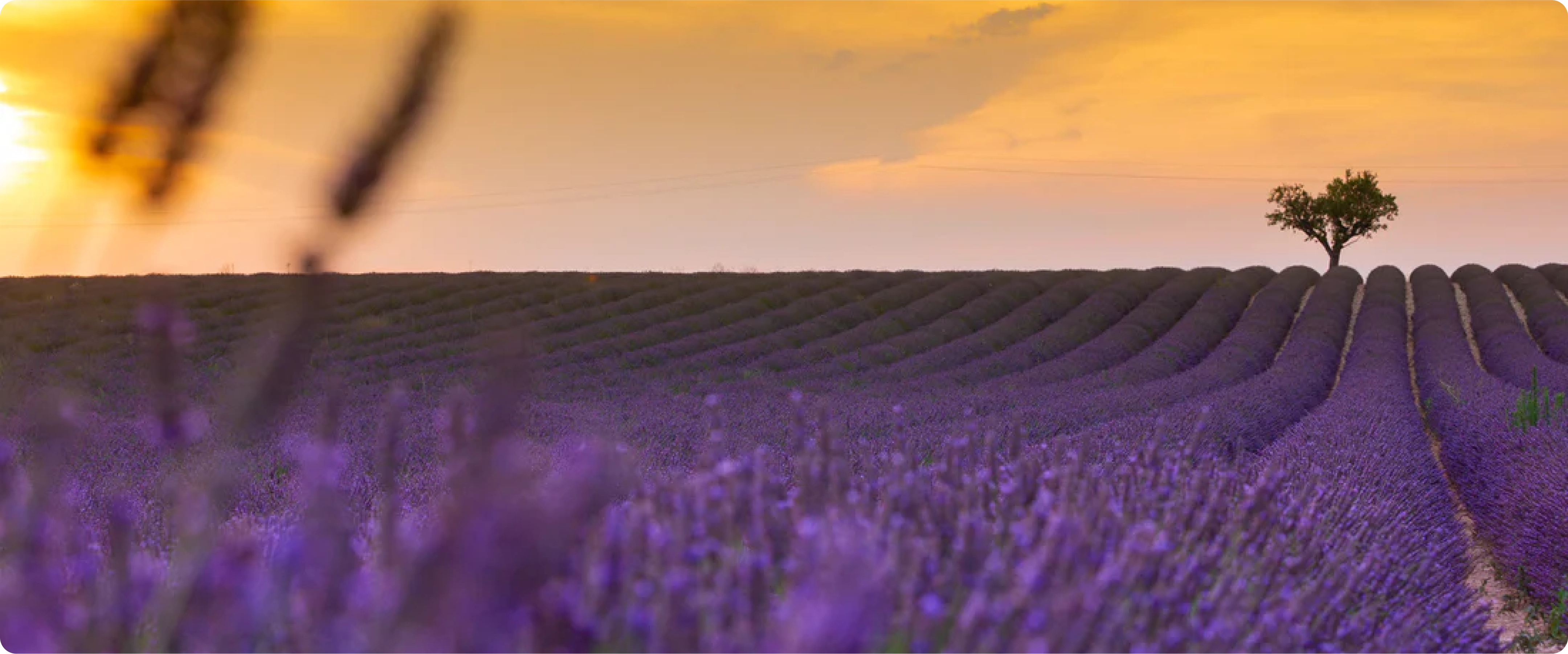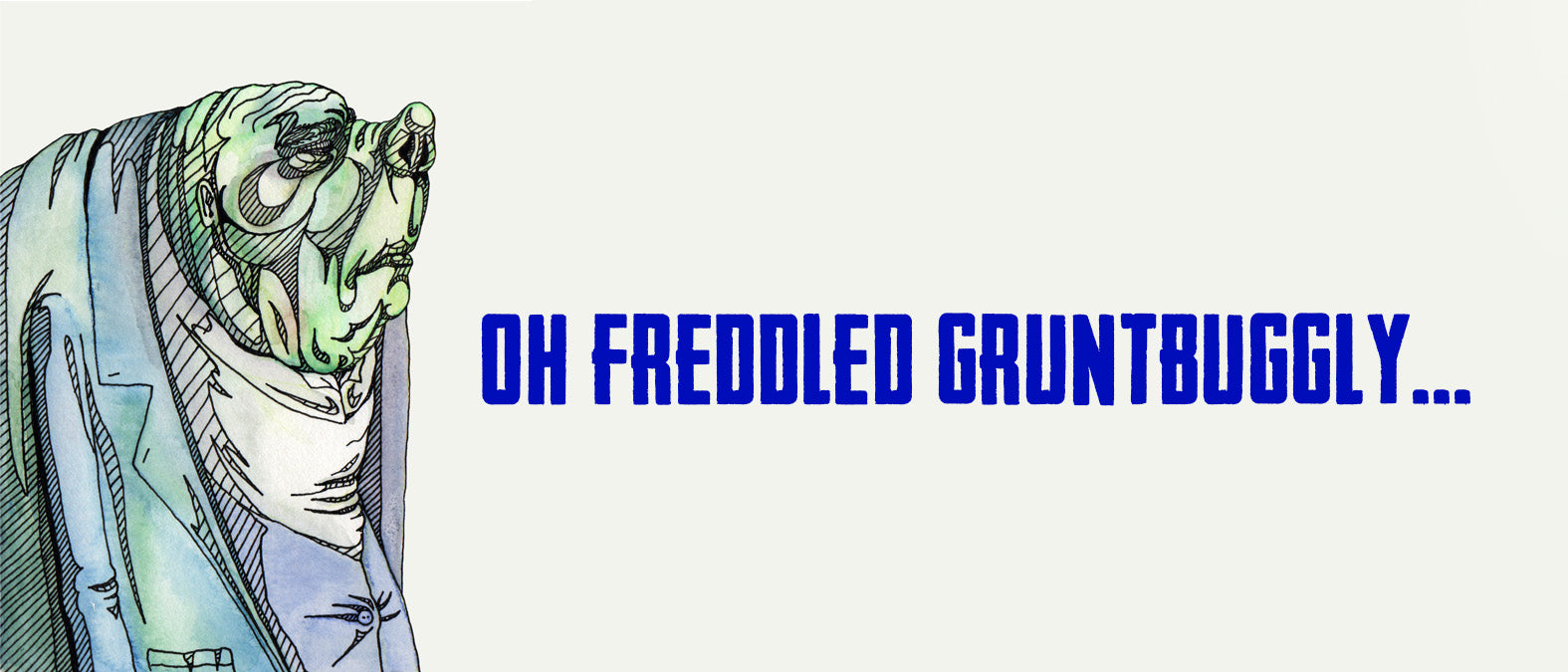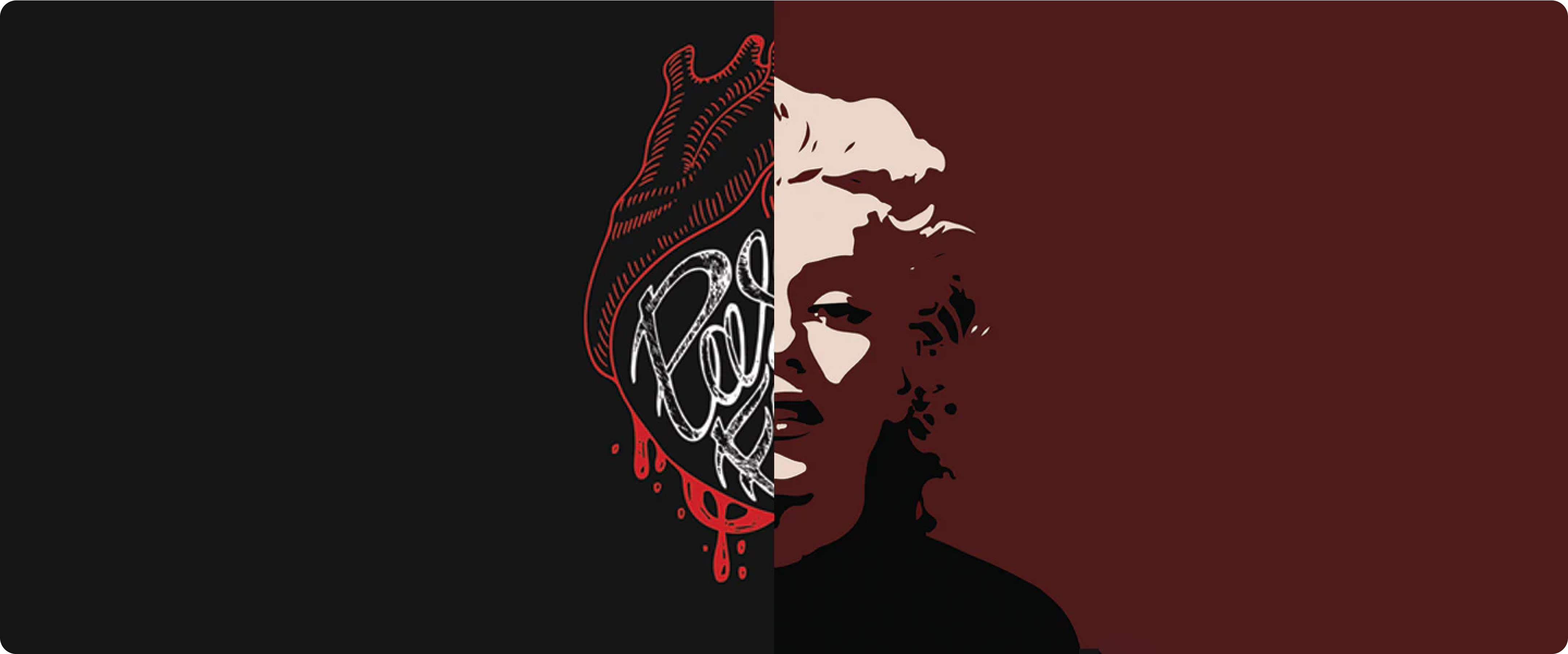As I believe I mentioned previously, lavender is tricky business. Strong but volatile, to the point that much of the oil will be gone from a piece of blotter paper in under an hour, it’s always a balancing act to get it to do what you want. This is the story of how I got what I wanted.
After quite a lot of experimentation and development, I eventually discarded entirely the idea of creating a classical lavender accord. It’s just not what the project calls for–too soft, too pillowy, too laundry-esque. In the context of the overall work, I need a sharp, crisp lavender that can offset the richness of the rest of the fragrance, but that won’t hang around long enough to overpower it. It needs to dry down smoothly and cleanly, with just a touch of ink, as the heavier components of the fragrance begin to warm up and come to the fore. So, after I had selected the raw lavender material from which to work, the next challenge was to build an accord around it.
For those unfamiliar, an “accord” is meant to give a distinct olfactory impression. Returning to the paint mixing analogy, if “purple” is basic lavender oil, think of a lavender accord as “purple with touches of red or blue, with perhaps just a bit of white to lighten it, depending on how you want it to look.” It’s often a question of just what kind of accord you’ve envisioned; in this case, as noted, I wanted something sharp and clean that stands in contrast to the dark, rich, woody characteristics that I’m planning to create next, but that won’t hang around for long enough to interfere with their development and which fades smoothly into the background. To put it another way and compare it to music, I wanted a lavender accord like the opening clarinet solo in Rhapsody in Blue: something that gets your attention, draws you in, but then fades away to give you a front-row seat to the rest of the work.
When constructing a lavender accord, or really any accord based on a natural material, the old perfumer’s trick is to simply add more of the major components of that material until you’ve reached the style of accord that you want. Because the major constituents of lavender oil are linalool and linalyl acetate, these are the materials with which I started.
Fairly early on, I determined that regular linalool is not exactly what I want for this lavender, so I turned instead to its ethyl analogue. Ethyl linalool is richly lavendery, without the intense citrus overtones that characterize the regular linalool alcohol, and is less temperamental than its more common cousin. To that I added linalyl acetate, which carries a powerfully tangy bergamot-like character (and is, in fact, one of the major components of bergamot oil as well). But then came a new question: how could I provide solidity to the accord without overwhelming its lavenderiness or making it smell like laundry detergent?
The answer, as it turned out, came from a combination of new tech and old tech. The old tech is a combination of the materials helional and hedione, both of which impart velvety volume and transparency to the accord. The new tech is calone, aka watermelon ketone: an intensely briny, melon-like, extraordinarily ozonic material that features in roughly 90% (my estimate) of all the masculine fragrances and laundry detergents in existence. I tend to dislike its use at the high levels that you might find in Cool Water or Light Blue, but, in trace amounts (below 1%), it imparts solidity and volume to transparent floral accords, giving my particular design a character like the olfactory equivalent of silvered violet glass. Imagine looking through a perfectly clear piece of lightly purple crystal and you’ll get the basic idea.
Last, but certainly not least, the accord needed a touch of sweetness and powder to allow it to transition into the rest of the fragrance. I had initially considered vanillin, which is the only vanilla material used in Lavanille, but opted instead to use the more complex and interesting veratraldehyde, which has facets of heliotrope, sugar, powder, wood, vanilla, and cream. It’s wonderfully versatile and exceedingly powerful, but the lightest touch of the stuff made for the perfect finish to the accord and will serve to lift the main vanilla accord, which has yet to be composed.
Only four more to go.



Comment
Wow! I just love the way you write.
Reading your thoughts on fragrance creation is a real pleasure. I look forward to the rest of this series.
Fyi, I’m a huge lover of purple so your description of building a purple “accord” (with paint) and looking through a perfectly clear piece of lightly purple crystal, or silvered violet glass, really speaks to me.
I’m really excited to find out how Lavender, Interrupted turns out.